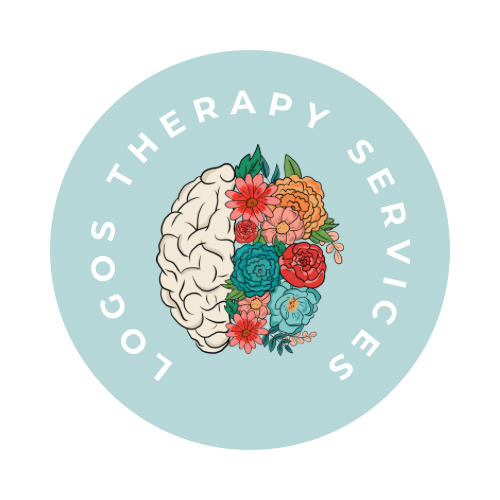TIMERS & TRANSICIONES// TIMERS & TRANSITIONS

El tiempo puede ser un concepto abstracto para los niños, especialmente para aquellos con necesidades especiales (p. ej., autismo, dislexia, dificultades de funcionamiento ejecutivo o ADHD).//Time can be an abstract concept for children; even more so for children with special needs (e.g. autism, dyslexia, executive functioning challenges or ADHD).
Pueden tener dificultades para comprender cuánto tiempo les llevará una tarea o cuándo es el momento de cambiar a una nueva.//They may struggle to understand how long a task will take or when it’s time to switch to a new activity.
Esto puede generar dificultades para seguir rutinas, completar tareas y gestionar las transiciones.//This can lead to difficulties in following routines, completing tasks, and managing transitions.
Esta incertidumbre sobre el tiempo también puede aumentar la ansiedad, especialmente cuando se les pide que cambien de una actividad preferida a una menos deseable.//This uncertainty about time can also increase anxiety, especially when they are required to move from a preferred activity to a less desirable one.
Al proporcionar una representación visual del tiempo, los timers y horarios visuales pueden hacer que este concepto abstracto sea más concreto, ayudando a los niños a comprender y gestionar mejor su tiempo.//By providing a visual representation of time, visual timers and schedules can make this abstract concept more concrete, helping children better understand and manage their time.
Maneras en las que los timers y horarios visuales facilitan las transiciones://How visual timers/visual schedules support transitions:
1. Hacer tangible el tiempo//Making Time Tangible
2. Reducir la ansiedad//Reducing Anxiety
3. Promover la independencia//Promoting Independence
4. Apoyar el funcionamiento ejecutivo//Supporting Executive Functioning
5. Incentivar un comportamiento positivo//Encouraging Positive Behaviors
#transitions #pediatricslp #fonoaudiologa #timers #visualschedules #speechtherapy #speechpathology #terapiadelhabla
